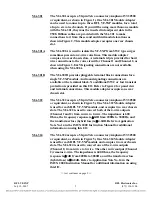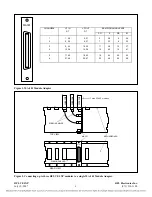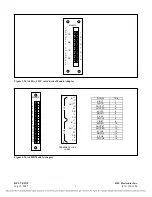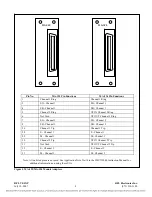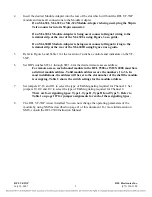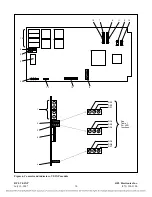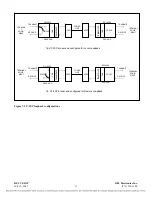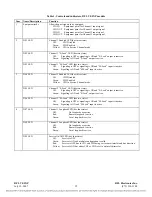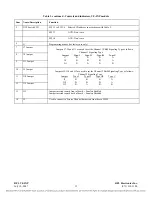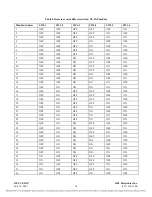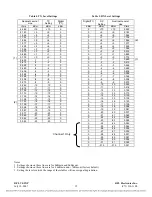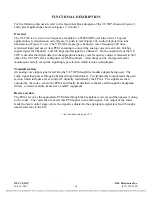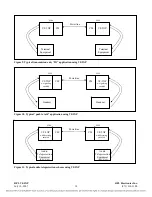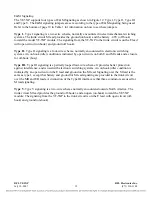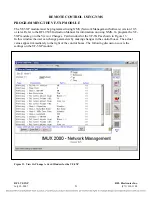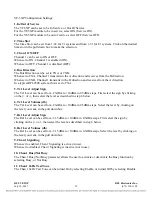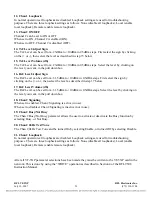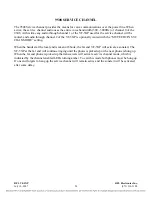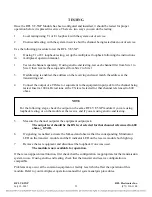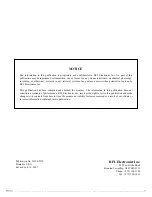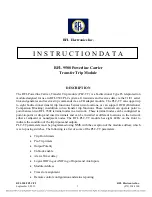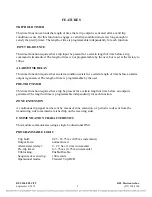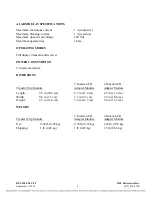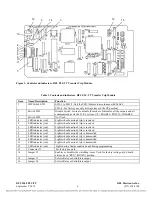
RFL VF-5XP
RFL Electronics Inc.
July 10, 2007
19
(973) 334-3100
E&M Signaling
The VF-5XP supports four types of E&M Signaling as shown in Figure 12: Type I, Type II, Type III
and Type V. The E&M signaling jumpers are set according to the type of E&M signaling being used.
Refer to the bottom of page 18 in Table 1 for information on how to set these jumpers.
Type I.
Type I signaling is a two-wire scheme, normally encountered in electromechanical switching
systems. The trunk circuit M lead provides the ground (on hook) and the battery –48V (off hook)
toward the model VF-5XP module. The signaling from the VF-5XP to the trunk circuit is on the E lead
with open circuit (on hook) and ground (off hook).
Type II.
Type II signaling is a four-wire scheme, normally encountered in electronic switching
systems. An on hook (idle) condition is indicated by open circuits on both E and M leads and a closure
for off-hook (busy).
Type III.
Type III signaling is a partially looped four-wire scheme. It provides better protection
against interference, and is used with electronic switching systems. An on hook (idle) condition is
indicated by an open circuit on the E lead and ground on the M lead. Signaling over the M lead is the
same as type I, except that battery and ground for M lead signaling are provided to the trunk circuit
over the MB and EB leads. A distinction of the Type III interface is that three conductors are used for
M lead signaling.
Type V.
Type V signaling is a two-wire scheme normally encountered outside North America. The
trunk circuit M lead provides the ground (off-hook), and an open (on-hook) toward the VF-5XP
module. The signaling from the VF-5XP to the trunk circuit is on the E lead with open circuit (off-
hook) and ground (on-hook).

